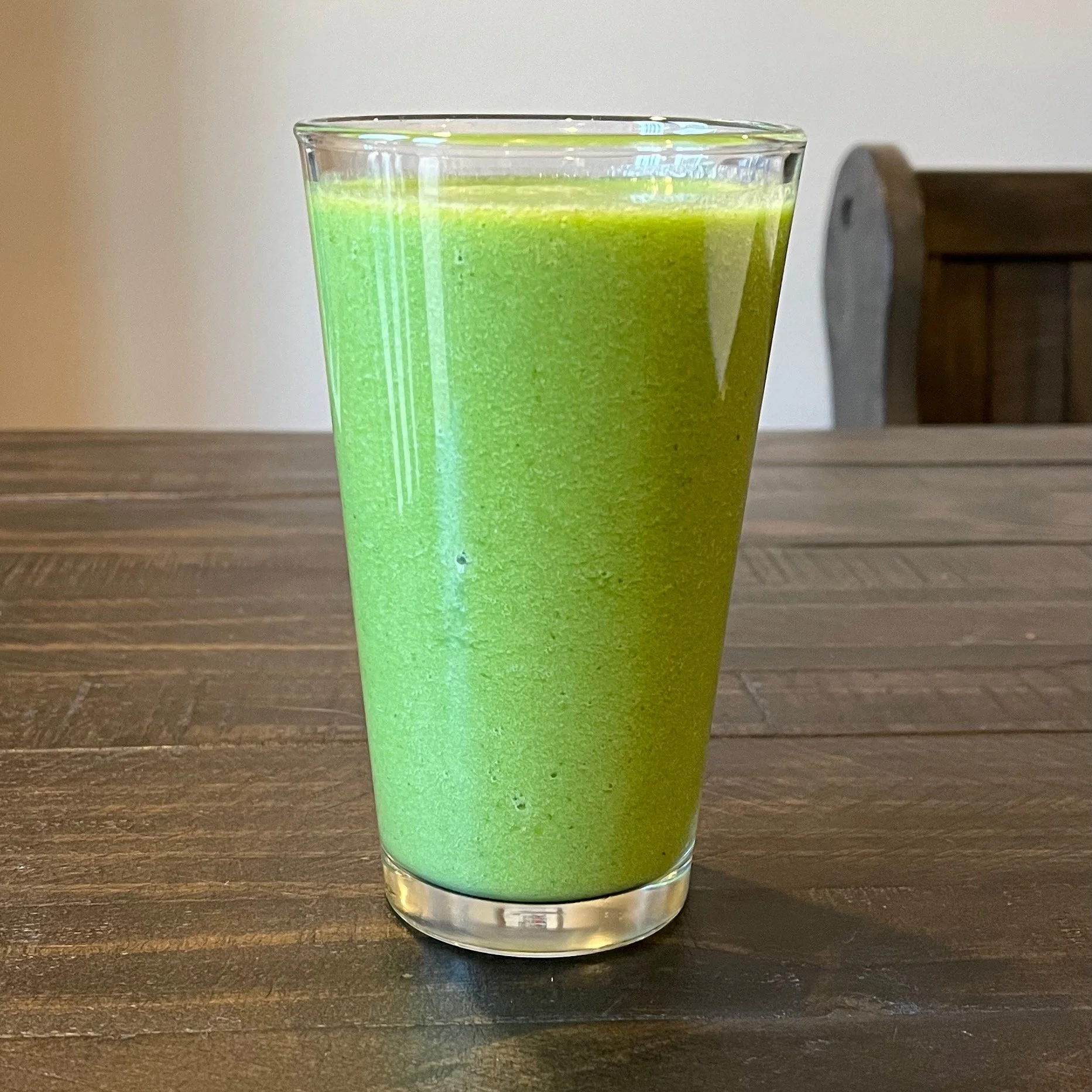3 Health Myths Holding You Back
(and What to Do Instead!)
The health and wellness industry is full of advice; in the US, it’s currently worth 2 Trillion dollars- yes, with a “T” and unfortunately, a lot of it is misleading. Sorting through the noise can be extremely frustrating. With a bachelor’s degree in chemistry and master’s degree in environmental sciences, I’m extremely evidence-based on information.
Today, I’m debunking three of the most common myths I hear from my clients, and showing you how to reframe them so you can approach your health with more confidence and clarity.
Myth #1: Carbs Are Bad for You
We’ve all heard it: “Cut carbs if you want to lose weight.” But not all carbs are created equal, and many are actually essential for your health.
The Reality:
Carbs are your body’s preferred source of energy, and the right kinds help stabilize blood sugar, fuel your brain, and support gut health.
The problem isn’t carbs themselves, it’s refined carbs like white bread, pastries, and soda that cause energy crashes.
Most processed foods are largely made up of simple carbs.
We can go into the pros, and many cons, of following the keto diet and relying on ketones for fuel (instead of carbs) in another article. In short- the world is full of amazingly flavorful and beneficial fruits, vegetables and whole grains that are delicious, nutritious and useful on so many levels.
Do you ever just feel happier and more satiated after eating carbs? It’s real! An MIT study showed that only carbs naturally stimulate the production of serotonin, the feel-good" neurotransmitter
The Reframe:
Focus on quality, not restriction. The type of carbs you eat matters far more than the calorie count. For example, one cup of cooked brown rice and a small bag of potato chips each have about 215 calories. But your body will use them very differently.
Whole-food, complex carbs like quinoa, oats, sweet potatoes, beans, and fruit provide fiber, vitamins, and steady energy that support a healthy gut and balanced metabolism. Instead of cutting carbs, choose the ones that truly fuel you — the kind that keep you satisfied, nourished, and energized all day long.
Myth #2: You Need a Detox or Cleanse to Get Rid of Toxins
Juice cleanses, detox teas, and “reset” programs are everywhere, promising to flush toxins and reset your system. But do they really work?
The Reality:
Your body already has an incredible detox system: your liver, kidneys, gut, and skin. They’re working 24/7 to process and eliminate toxins.
Short-term cleanses may make you feel lighter (or simply less bloated), largely because you’re losing water weight, but they don’t magically remove toxins- and you don’t need them.
Don’t get caught up in the “cleanse hype”; focus on eating real food, as my kids would say “it’s not that deep!”
The Reframe:
Instead of expensive detoxes, support your body’s natural cleansing systems every day:
Drink plenty of water.
Eat fiber-rich fruits, veggies, and whole grains.
Move your body regularly.
Limit processed foods and alcohol.
Think of it as daily detox living, clean eating or maybe even “glow nourishment!,” daily choices that help your body do its job better, without restriction or extremes.
If you want to do a cleanse for fun, or you’re just curious- go for it, but don't spend big money thinking it’s necessary.
Myth #3: If You Don’t Sweat, You’re Not Burning Fat
It’s easy to equate a “good workout” with being drenched in sweat. But sweating is simply your body’s way of cooling down, not a measure of fat loss or effort.
The Reality:
You can burn calories and strengthen your body without breaking a sweat!
Try: walking, Pilates, yoga, or strength training. While I often sweat a little in each of these forms of exercise, it’s not the same as a long run or Zumba class.
All of these forms of movement are especially beneficial in midlife for maintaining muscle mass, bone density, and mobility.
The Reframe:
Instead of judging your workout by sweat, judge it by how you feel and what it does for your long-term health. A mix of strength training, moderate cardio, and restorative movement is far more effective than chasing sweaty workouts every day.
The Bottom Line
In a world full of quick fixes and confusing health advice, it’s easy to get duped by wellness myths that sound convincing but don’t serve you. The truth is, real health isn’t about cutting out entire food groups, doing extreme detoxes, or chasing the latest fitness trend.
It’s about nourishing your body with real food — colorful fruits and vegetables, hearty legumes, whole grains, and healthy fats — and moving your body in ways that feel good and sustainable. These are the foundations that help your body thrive in midlife and beyond.
And remember: if a health claim sounds too good to be true, it probably is. Always look into it before you buy in. Your body (and your wallet) will thank you.
⮕Want help cutting through the confusion and building a midlife health plan that actually works? That’s exactly what I do. Together, we’ll create a sustainable, personalized plan to help you feel vibrant and strong — without diets, detoxes, or gimmicks. Learn More


